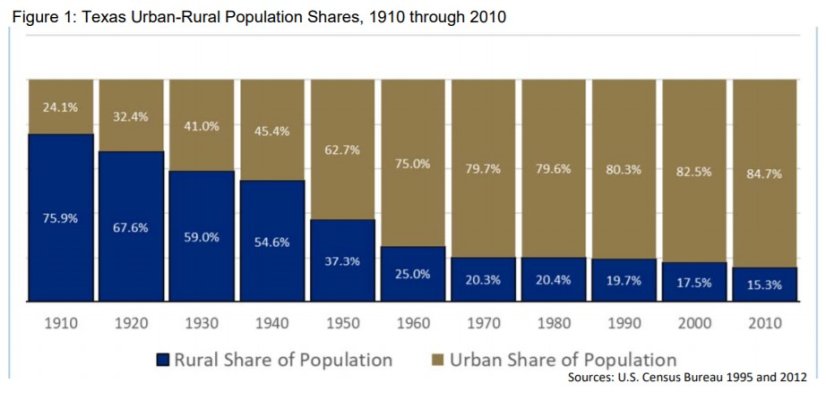NameRedacted
Recycles dryer sheets
- Joined
- Oct 23, 2016
- Messages
- 236
I apologize if this has been discussed already but so much has been posted I don't have time to read it all.
I think the biggest determining factor by far in the spread of this disease is the outside temperature.
The other factors are:
How densely populated a region is.
How isolated it is from travel from infected areas.
What preventative measures have been imposed such as social distancing
How poor the population is.
Quality of heath care.
But the temperature is the one we have the least control over.
When this disease first started spreading in New York, I was thinking "Jesus, how bad is this going to get in places like India or Egypt or Nigeria?" But that never happened. If you look at this web-site:
https://www.worldometers.info/coronavirus/
and compare countries by deaths or infections per million population, the hot countries are all significantly lower.
Why is Australia doing so well despite almost everyone living in cities?
Why is Mexico doing so well compared to the US?
Why is Africa barely affected?
Look at India - deaths per million - 0.6.
In our own country, why are Florida, Texas, California and Hawaii all doing so well compared to New England?
Why are the meat packing plants in Iowa and Dakota affected so badly but not the plants down in the southern states.
The only reasonable explanation is that the outside temperature is a big controlling factor. And looking at the numbers it's not just a big factor it's the dominant factor.
So what I think will happen is that as the weather warms up, the numbers will fall dramatically. Everyone will declare victory and open up the economy. Then when the temperature starts to fall in late November and through December and January it will come back with a vengeance and this time will affect almost every state much worse because it will be attacking at a time when the temperature is much lower than it is now.
I don't see any simple solution to this. The main advantage that we have is that we know what to expect so will be better equipped to fight it during the critical early stages.
I think the biggest determining factor by far in the spread of this disease is the outside temperature.
The other factors are:
How densely populated a region is.
How isolated it is from travel from infected areas.
What preventative measures have been imposed such as social distancing
How poor the population is.
Quality of heath care.
But the temperature is the one we have the least control over.
When this disease first started spreading in New York, I was thinking "Jesus, how bad is this going to get in places like India or Egypt or Nigeria?" But that never happened. If you look at this web-site:
https://www.worldometers.info/coronavirus/
and compare countries by deaths or infections per million population, the hot countries are all significantly lower.
Why is Australia doing so well despite almost everyone living in cities?
Why is Mexico doing so well compared to the US?
Why is Africa barely affected?
Look at India - deaths per million - 0.6.
In our own country, why are Florida, Texas, California and Hawaii all doing so well compared to New England?
Why are the meat packing plants in Iowa and Dakota affected so badly but not the plants down in the southern states.
The only reasonable explanation is that the outside temperature is a big controlling factor. And looking at the numbers it's not just a big factor it's the dominant factor.
So what I think will happen is that as the weather warms up, the numbers will fall dramatically. Everyone will declare victory and open up the economy. Then when the temperature starts to fall in late November and through December and January it will come back with a vengeance and this time will affect almost every state much worse because it will be attacking at a time when the temperature is much lower than it is now.
I don't see any simple solution to this. The main advantage that we have is that we know what to expect so will be better equipped to fight it during the critical early stages.

